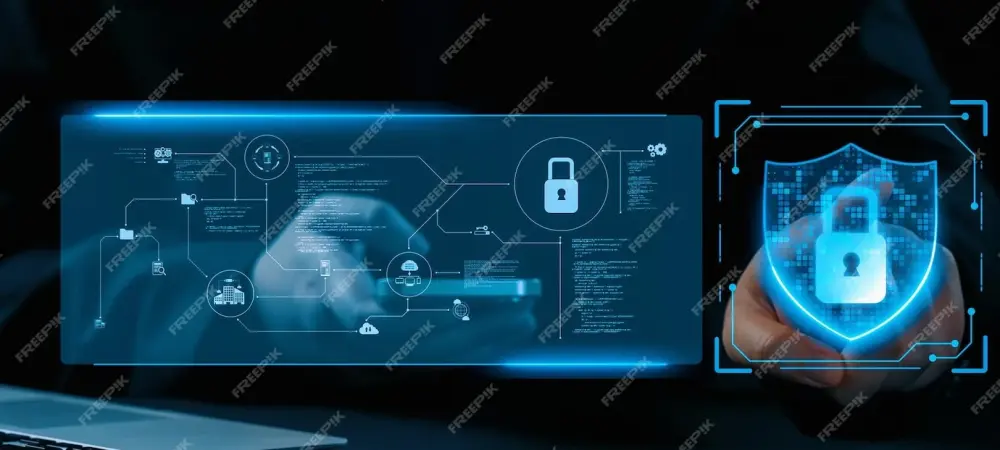The dynamic and fast-paced realm of cybersecurity often grapples with a glaring challenge: fragmented naming conventions for cyber threat groups. Security firms across the globe label threat actors differently, causing delays and confusion in the sharing and dissemination of essential intelligence. This inconsistency in naming conventions complicates speed and precision in response efforts, potentially leaving critical vulnerabilities exposed. Prominent cybersecurity firms have recognized this obstacle and are actively working to devise a solution. A collaborative initiative is underway, supported by industry leaders like Microsoft, CrowdStrike, Palo Alto Networks, and Google’s Mandiant unit, aiming to establish a harmonized taxonomy for naming these disruptive entities. The overarching goal is to streamline communication across the sector, promising a substantial impact on thwarting cyber threats and enhancing defense mechanisms.
Collaborative Efforts to Streamline Naming Conventions
Recognizing the need to combat inefficiencies caused by disjointed naming systems, several leading cybersecurity companies have embarked on a mission to unify terminologies. Microsoft, CrowdStrike, and Palo Alto Networks are at the forefront of this initiative, striving to create a consistent framework for naming cyber threat groups. Historically, each organization has maintained its own methods, telemetry, and systems of naming threat actors, leading to disparities that can hinder timely threat identification. For instance, one group, referred to by Microsoft as Octo Tempest, is labeled Muddled Libra by Palo Alto Networks, illustrating the core problem this initiative seeks to rectify.
To address these discrepancies, a collaborative effort has led to the development of a threat actor matrix. This matrix maps out various threat groups tracked by participating firms, aligning them with the corresponding aliases utilized by other researchers. By offering a shared point of reference, the matrix aims to facilitate rapid attack responses and streamlined attribution processes. An alignment of naming conventions could boost efficiency. While each company will retain its distinctive naming system, processes for updating and maintaining attribution mappings will be clearly defined, maintaining the unique insights and expertise each has cultivated. This innovative approach exemplifies the broader industry trend toward collaboration and standardization.
Enhancing Response Capabilities
In addition to aligning naming conventions, this initiative emphasizes the crucial role of shared intelligence in combating cyber threats. Industry leaders assert that a standardized naming system can redefine attribution speed and accuracy, crucial during a cyberattack. Experts like Microsoft’s Vasu Jakkal advocate for the initiative, stressing that every second gained in response time significantly improves defense capabilities. By minimizing confusion in threat actor identification, cybersecurity firms can swiftly coordinate efforts and optimize resource allocation, reducing the risk of significant data breaches. The effort underscores the importance of collective intelligence, where the pooling of knowledge and expertise enhances protection mechanisms. This sentiment is echoed throughout the cybersecurity community, where leaders acknowledge that enhanced communication and collaboration are pivotal in counteracting increasingly sophisticated cyber threats. The consensus is clear: adopting a unified naming system can transition the industry from a reactive stance to a proactive and efficient response strategy.
A Unified Approach: Prospects and Criticisms
Several leading cybersecurity firms are working together to streamline naming systems to address inefficiencies caused by fragmented terminologies. Microsoft, Palo Alto Networks, and CrowdStrike spearhead this initiative to establish a unified framework for classifying cyber threat groups. Traditionally, each company employed its own methods, telemetry, and naming systems, resulting in disparities hindering timely threat identification. For example, Microsoft’s Octo Tempest is known as Muddled Libra by Palo Alto Networks, illustrating the need for this alignment. The initiative has progressed to develop a threat actor matrix, mapping various groups tracked by participating companies and aligning them with aliases used by other researchers. This shared reference point aims to bolster rapid attack responses and improve attribution processes. Though each firm will maintain its naming conventions, processes for updating and managing these mappings will be defined clearly, preserving the unique expertise each company offers. This collaborative approach reflects the industry’s trend towards standardization and cooperation.

